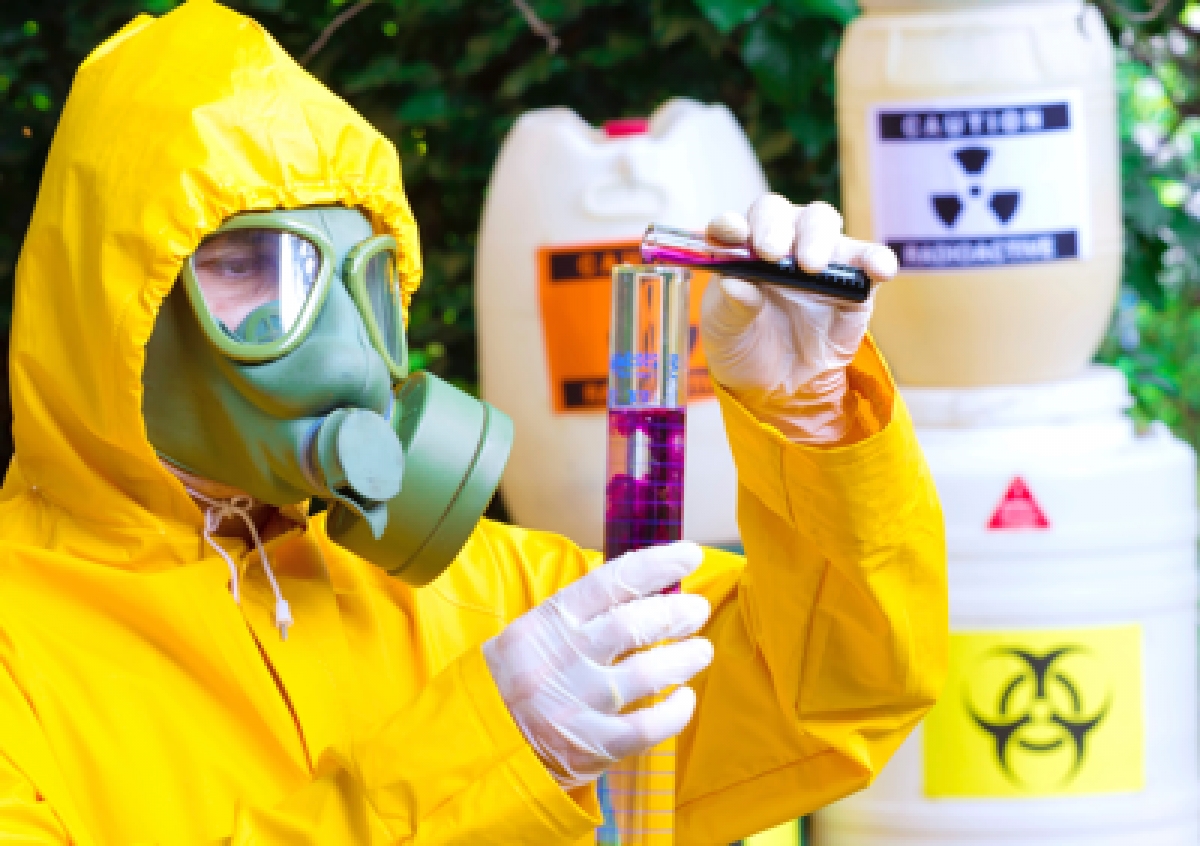Biohazard Risk Assesment

Living modified organisms (LMO) are created using recombinant DNA technology and involve the transfer of genetic material between unrelated organisms and species. Activities involving LMO (the importation, exportation, contained use and release) are regulated by the Biosafety Act 2007
(the Act) and Biosafety (Approval and Notification) Regulations 2010
to ensure safe application of modern biotechnology to protect human, plant and animal health, the environment and biological diversity. Under these legislations individuals and institutions that are carrying out contained use activity in the laboratory, that is, all research and development (R & D) activities involving modern biotechnology, import for contained use and export of LMOs, are required to inform or notify their activities to the National Biosafety Board (NBB). Approval from the NBB is required for the release and importation of LMOs and products of LMOs
It is important to appreciate that the genetic modification of a microorganism can affect its ability to cause harm to human health, animal health and the environment. Therefore, the Act requires risk assessment, risk management and emergency response plans, endorsed by the Institutional Biosafety Committee (IBC) before formal submission to the NBB from researchers and proposers of modern biotechnologies to ensure safe and responsible use of modern biotechnology. As referred to in Part V, Section 36 (1) of the Biosafety Act, “an assessment of risk and adverse effect that such LMO and products of LMO will have or are likely to have on human, plant and animal health, the environment and biological diversity”, should be incorporated into the design, construction and operation of the release, import or contained use activities.
- Hits: 1399
